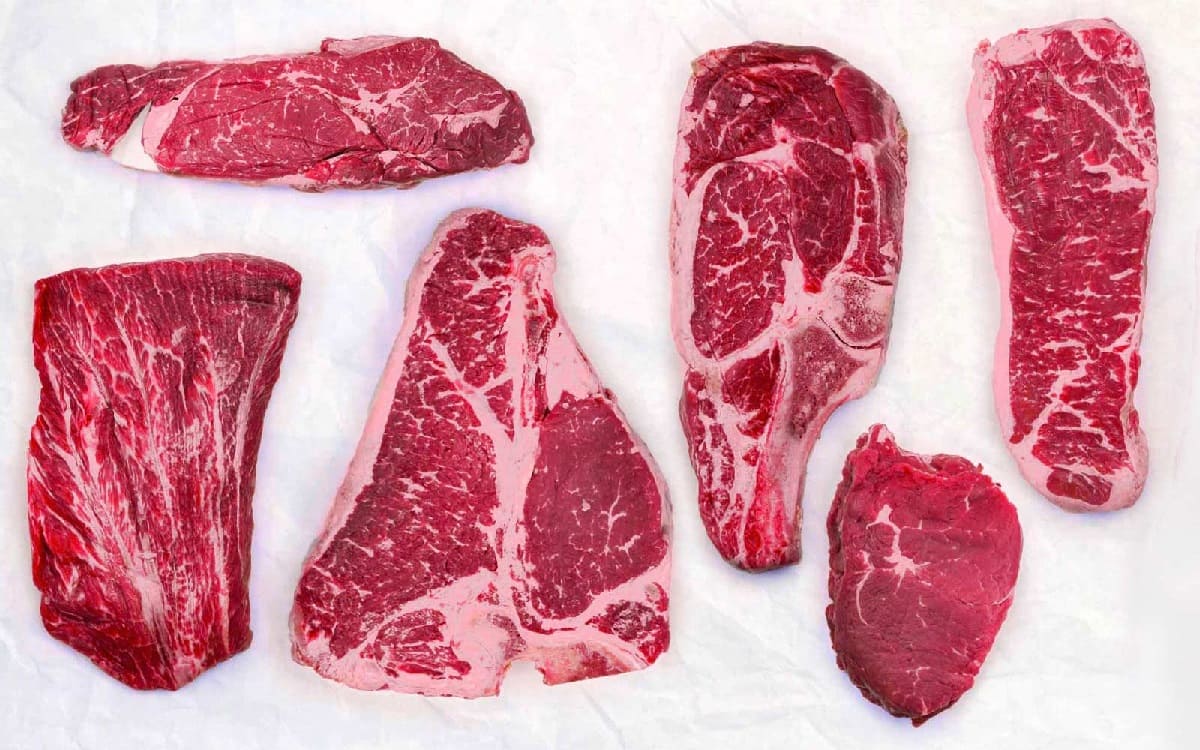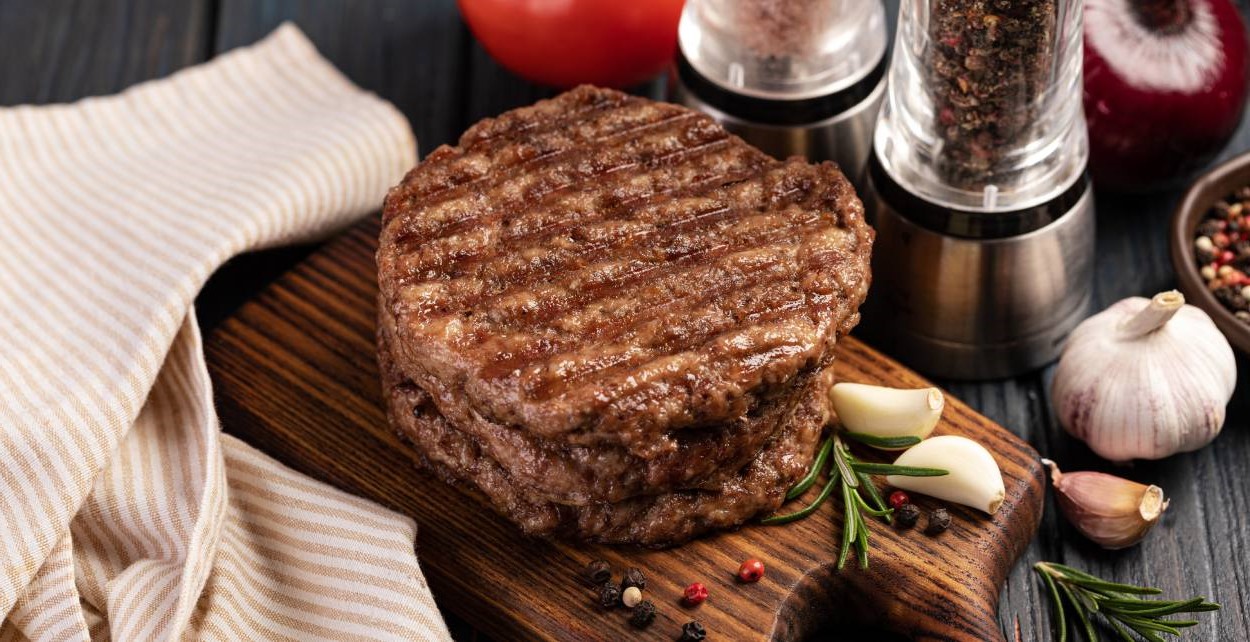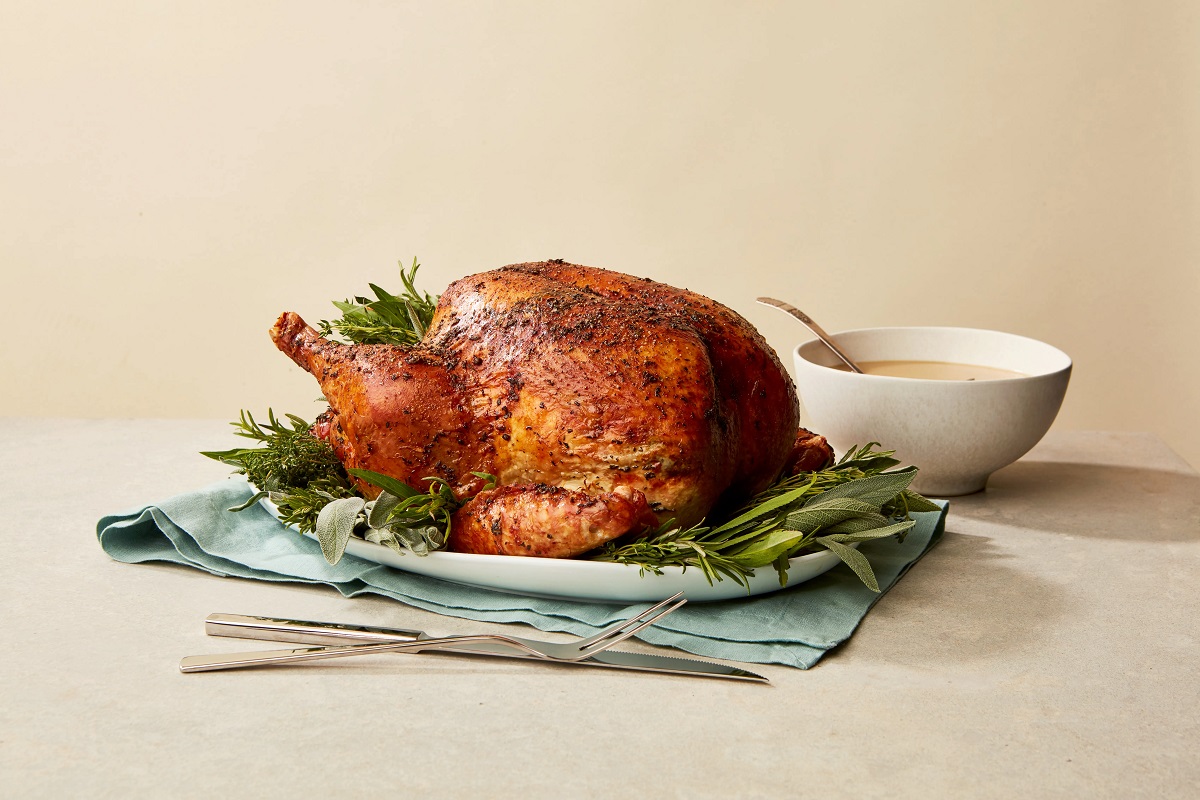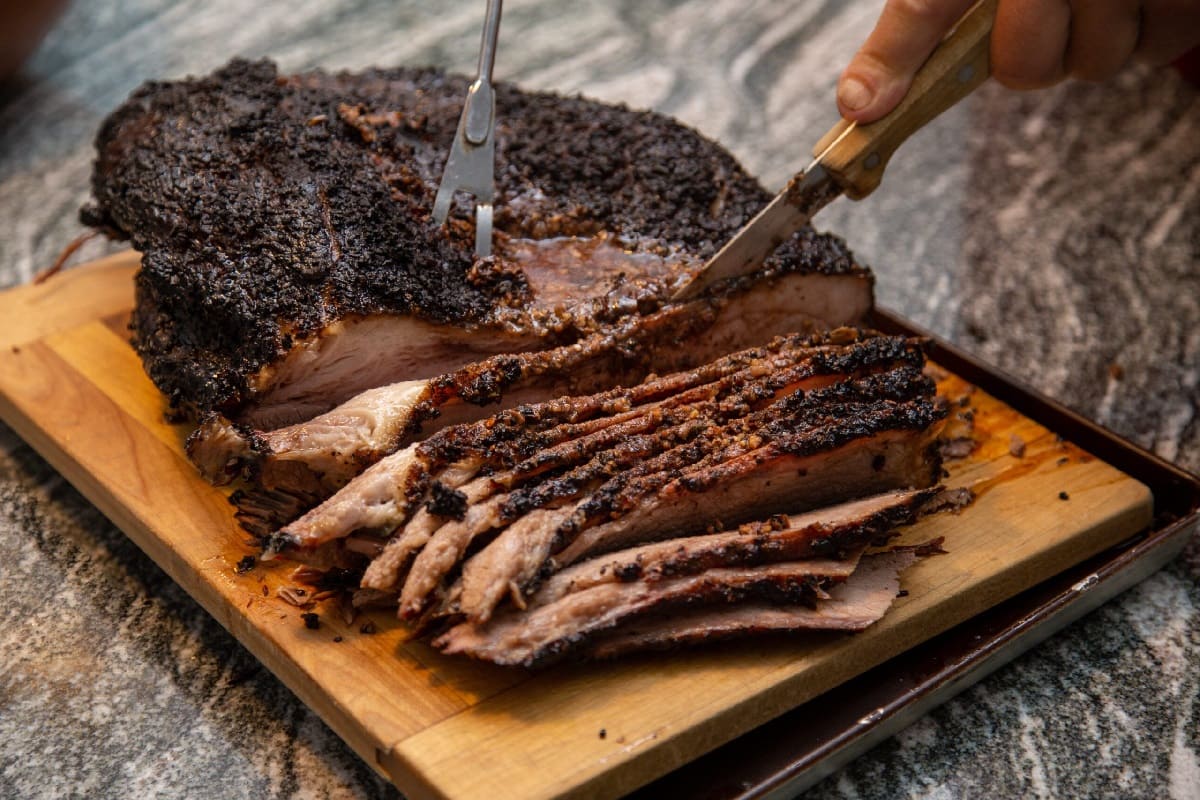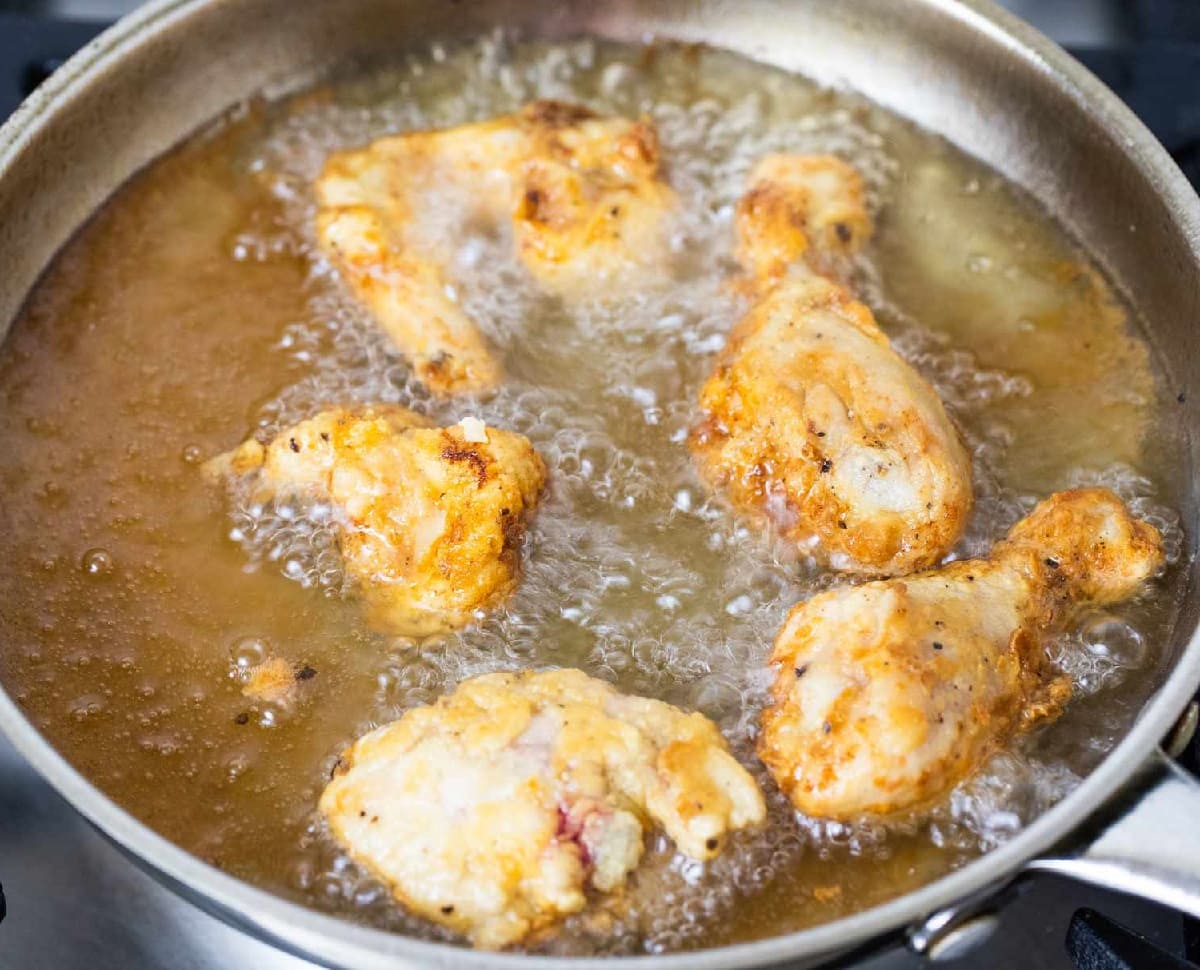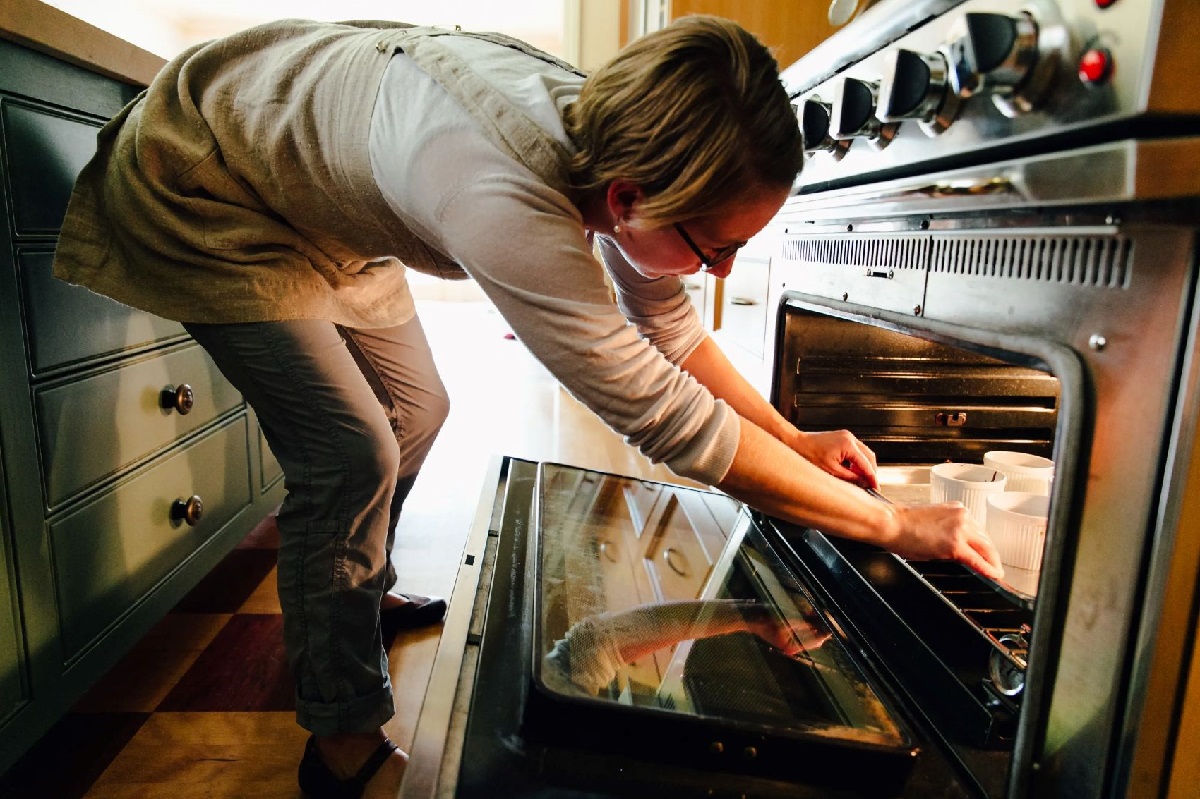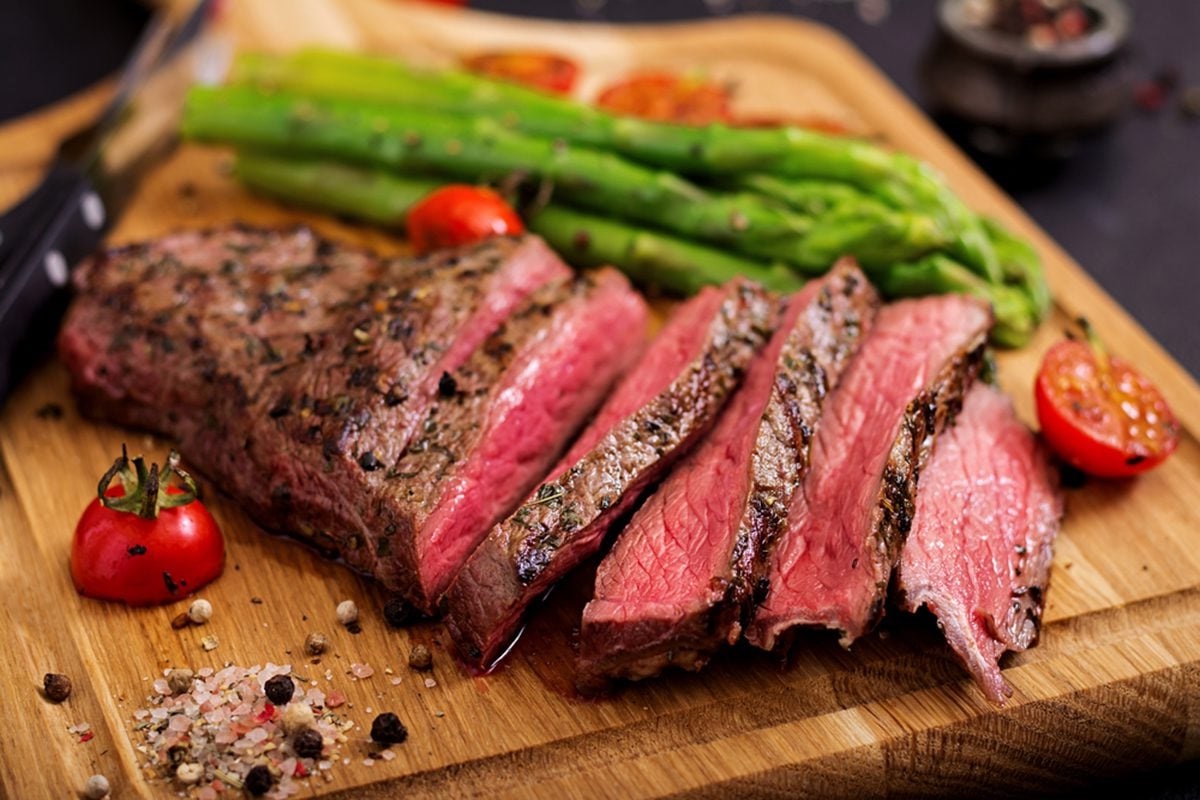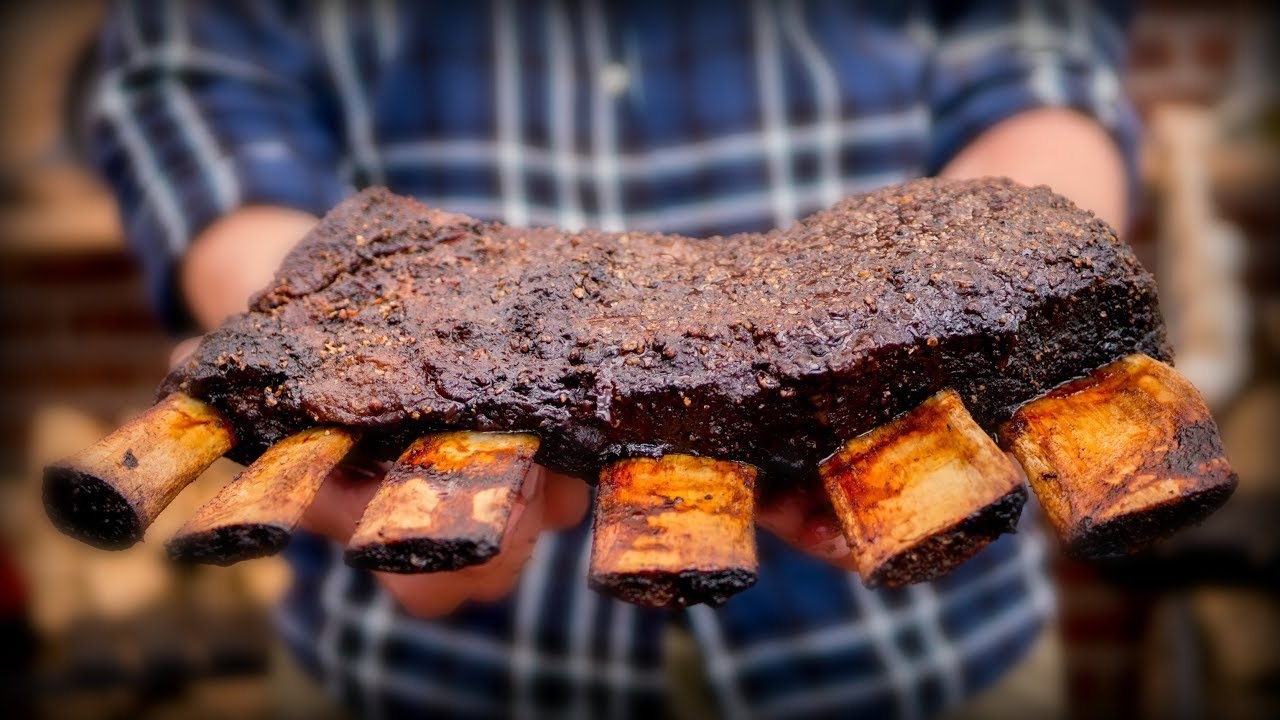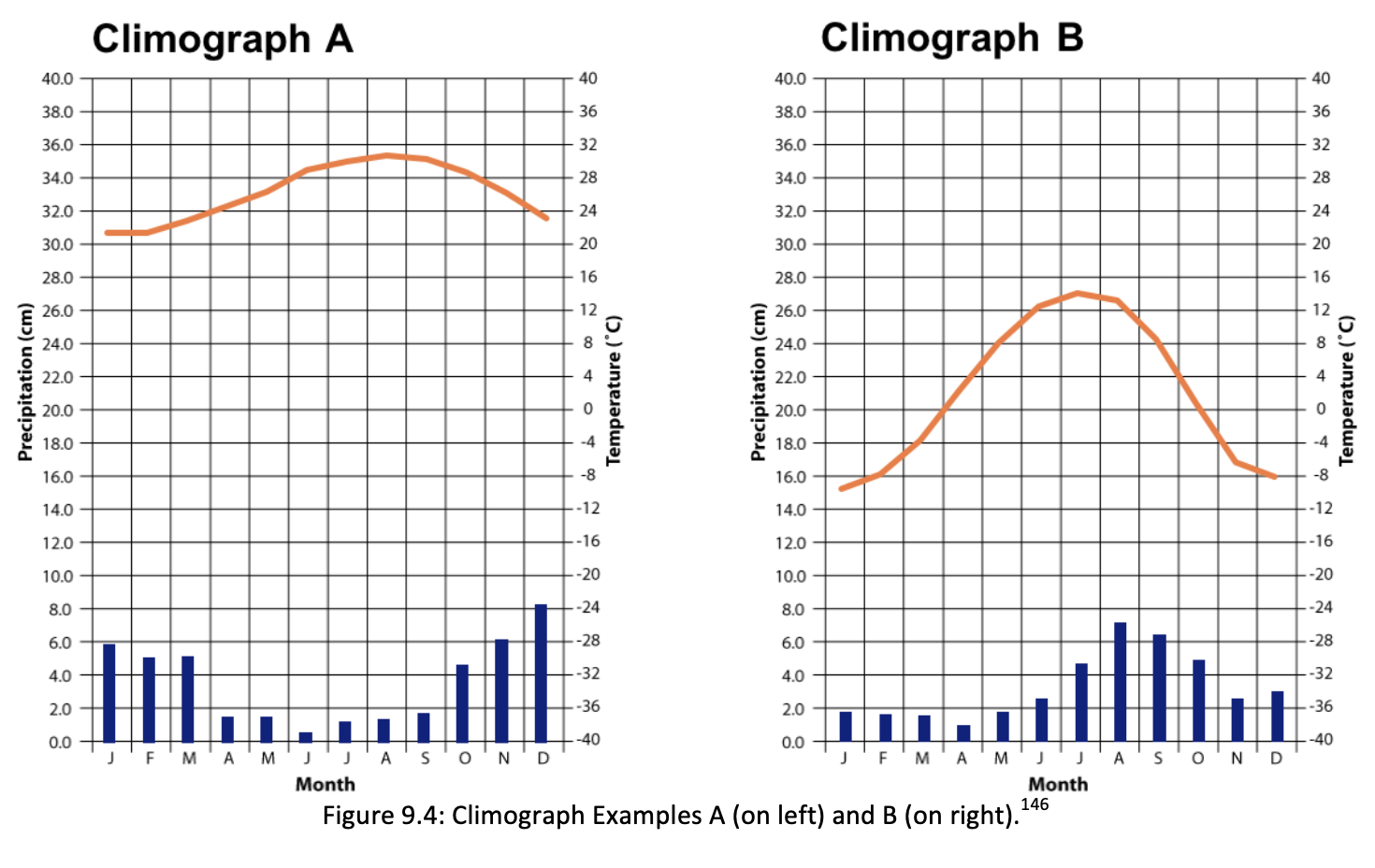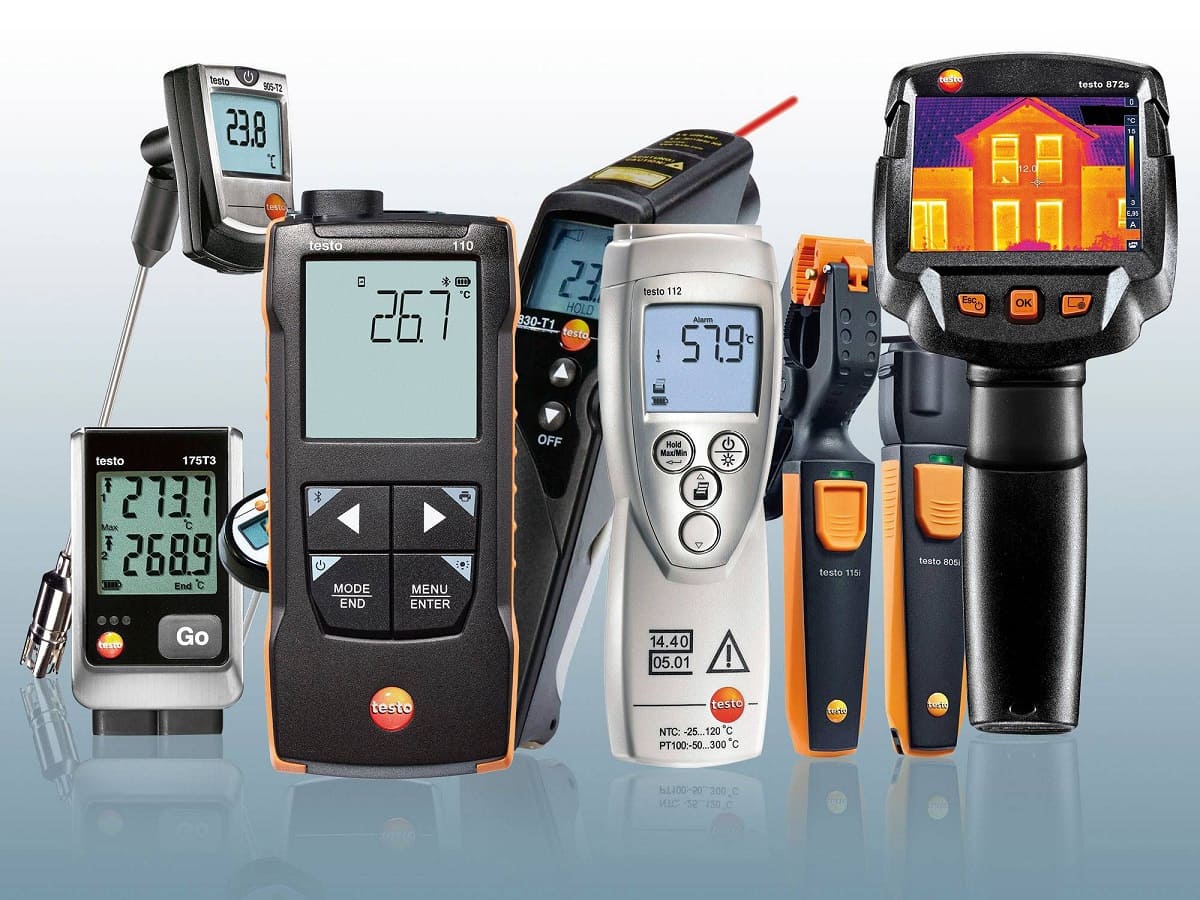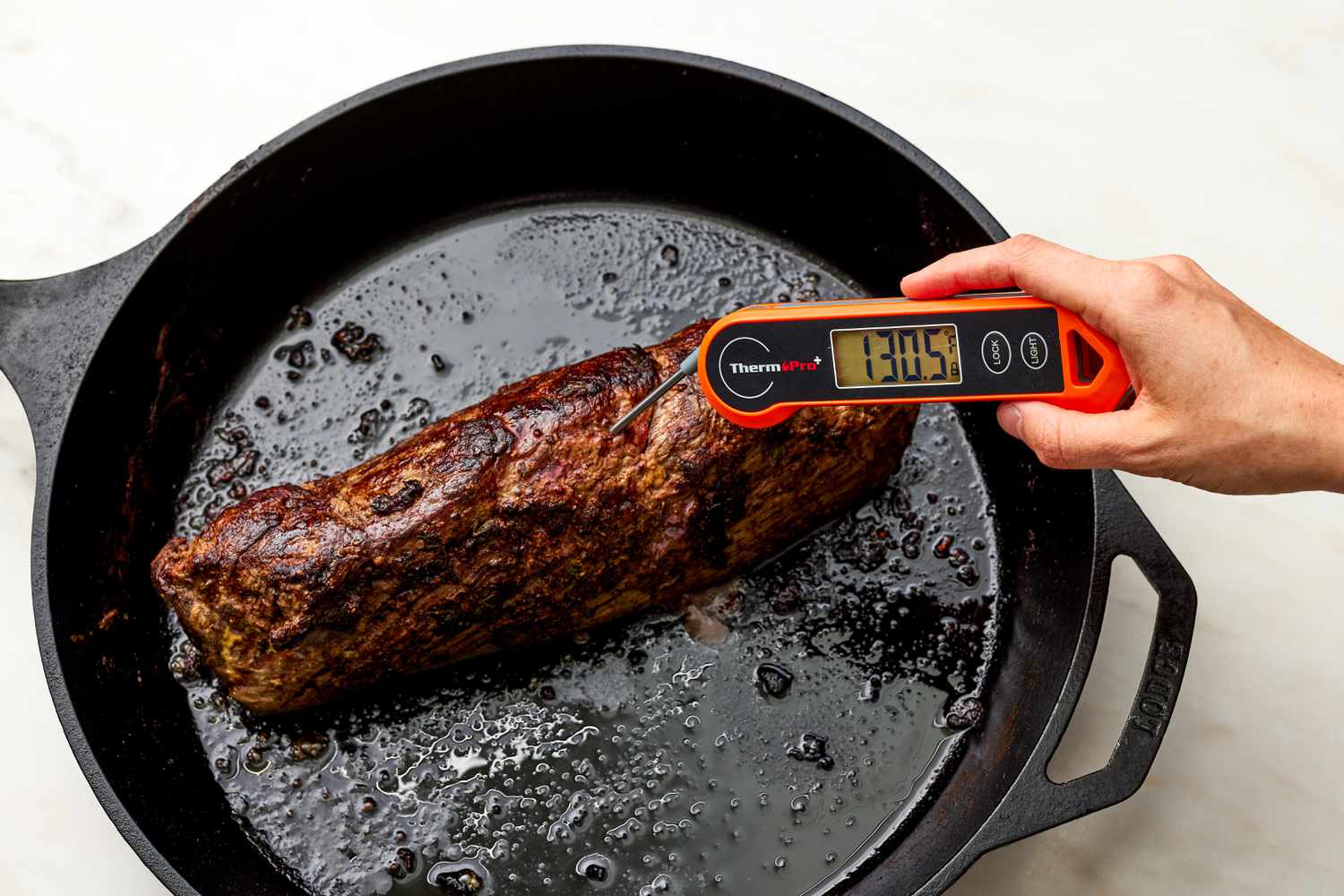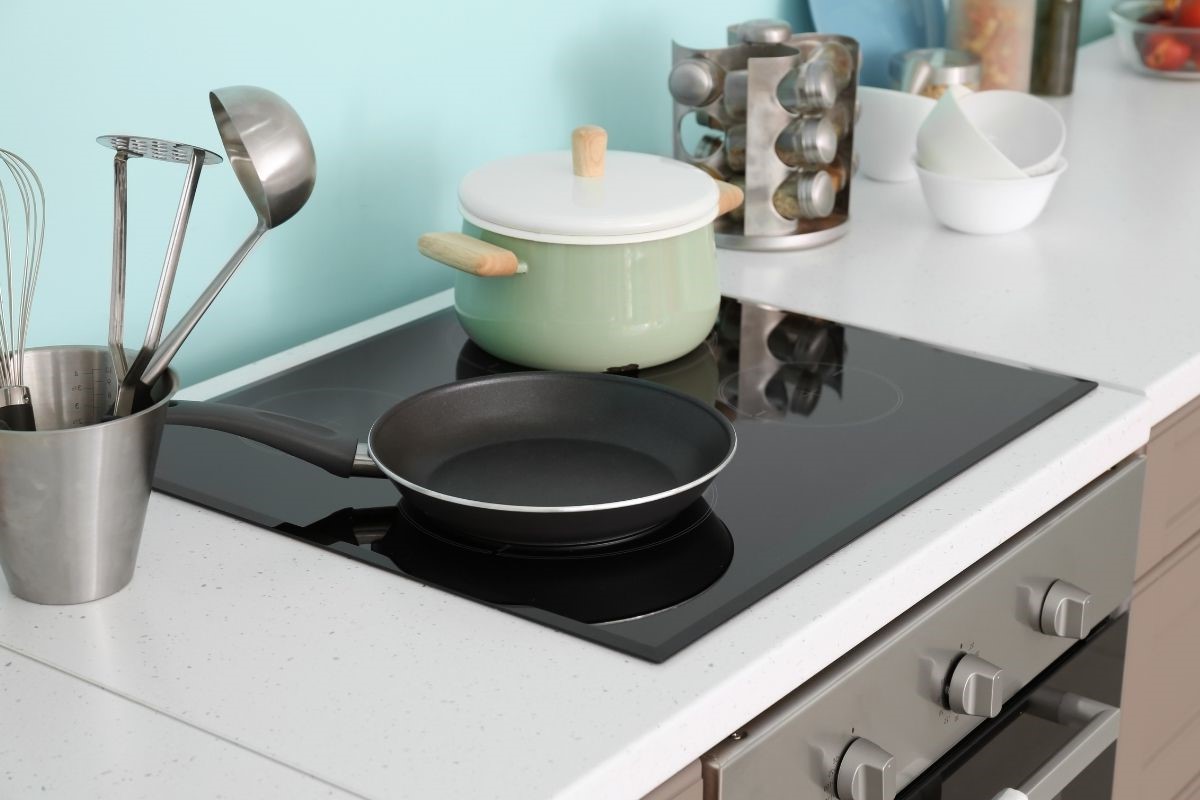Home>Culinary & Beverages>Understanding Meat Thermometer Readings For Perfectly Cooked Meat
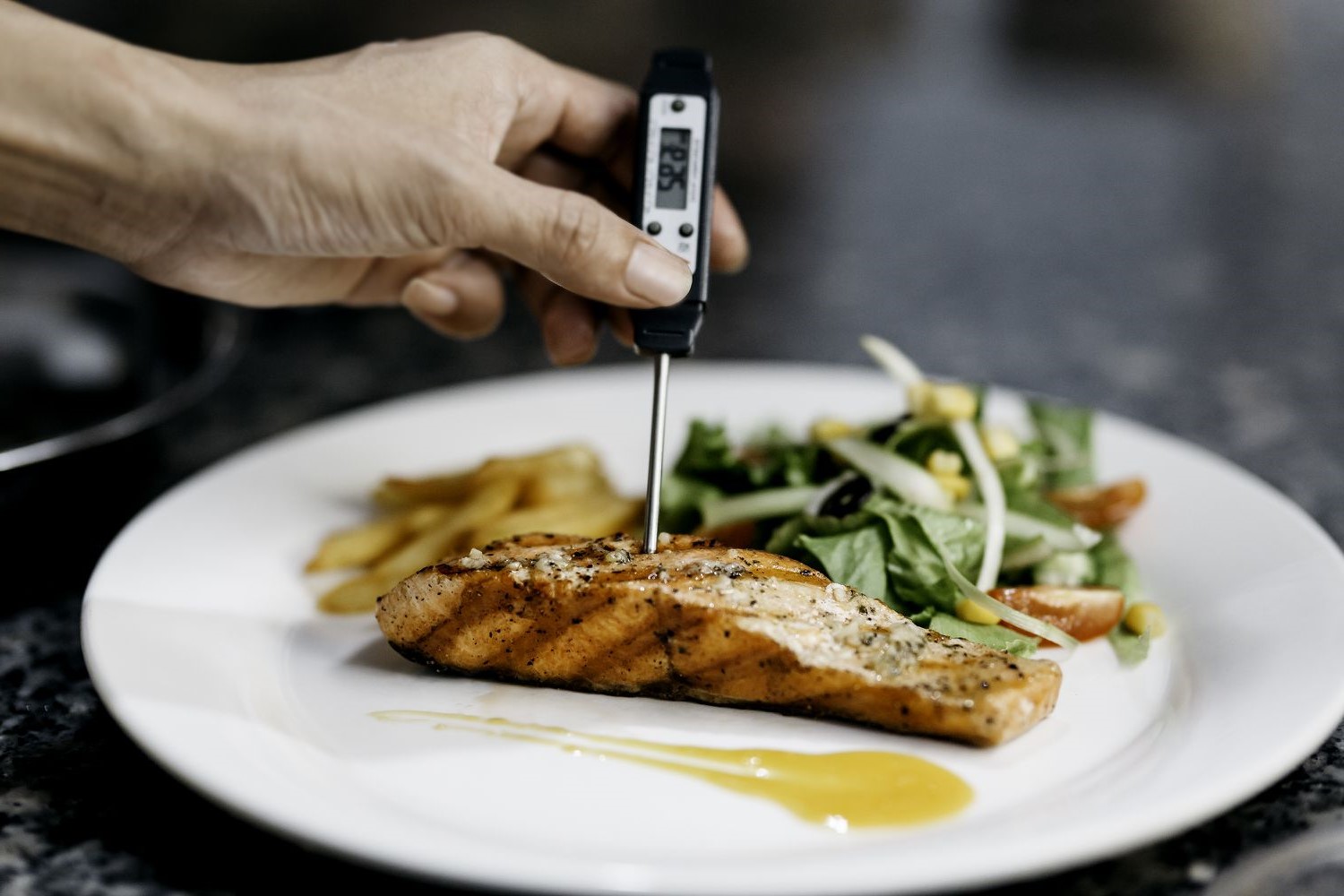

Culinary & Beverages
Understanding Meat Thermometer Readings For Perfectly Cooked Meat
Published: March 2, 2024
Learn how to interpret meat thermometer readings to achieve perfectly cooked meat every time. Essential tips for culinary & beverages enthusiasts.
(Many of the links in this article redirect to a specific reviewed product. Your purchase of these products through affiliate links helps to generate commission for Temperatures.com, at no extra cost. Learn more)
Table of Contents
Importance of Using a Meat Thermometer
Cooking meat to perfection is an art that requires precision and attention to detail. Whether you're grilling a steak, roasting a chicken, or smoking a brisket, achieving the ideal level of doneness is crucial for both flavor and safety. This is where a meat thermometer becomes an indispensable tool in the kitchen.
Using a meat thermometer takes the guesswork out of cooking meat and ensures that it reaches the optimal internal temperature for safe consumption. This is especially important when dealing with different types of meat, as each variety has its own ideal temperature for doneness. By accurately measuring the internal temperature of the meat, a thermometer provides the assurance that harmful bacteria, such as salmonella and E. coli, are effectively eliminated, safeguarding against foodborne illnesses.
Moreover, a meat thermometer helps prevent overcooking, which can result in dry, tough, and flavorless meat. It allows you to achieve the perfect level of doneness, whether you prefer your steak rare, medium-rare, medium, or well-done. This precision ensures that the meat retains its juiciness and flavor, delighting the palates of your guests and family members.
In addition to enhancing safety and flavor, using a meat thermometer also promotes consistency in cooking. Whether you're a seasoned chef or a novice cook, the thermometer serves as a reliable guide, enabling you to consistently achieve the desired level of doneness across various cuts of meat and cooking methods. This consistency is essential for honing your culinary skills and building confidence in the kitchen.
Ultimately, the importance of using a meat thermometer cannot be overstated. It is a fundamental tool for ensuring food safety, achieving optimal flavor and texture, and honing your cooking skills. By incorporating a meat thermometer into your culinary repertoire, you elevate your cooking prowess and elevate the dining experience for yourself and those who have the pleasure of savoring your delectable creations.
Types of Meat Thermometers
When it comes to selecting a meat thermometer, there are several types available, each offering unique features and benefits. Understanding the differences between these thermometers is essential for choosing the most suitable option for your culinary needs. Here are the primary types of meat thermometers:
-
Instant-Read Thermometers: These thermometers are designed for quick and accurate temperature readings. They feature a probe that is inserted into the thickest part of the meat, providing an instant digital display of the internal temperature. Instant-read thermometers are versatile and can be used for various types of meat, making them a popular choice for both professional chefs and home cooks.
-
Oven-Safe Thermometers: As the name suggests, these thermometers are designed to remain in the meat while it cooks in the oven. They are equipped with a heat-resistant probe and a dial or digital display that sits outside the oven, allowing you to monitor the meat's internal temperature without opening the oven door. Oven-safe thermometers are ideal for roasts, poultry, and other large cuts of meat that require extended cooking times.
-
Leave-In Thermometers: Also known as probe thermometers, leave-in thermometers are designed to remain inserted in the meat throughout the cooking process. They consist of a probe attached to a cord and a digital display unit that can be placed on the countertop. Leave-in thermometers are convenient for monitoring the meat's temperature without the need to open the oven or grill, making them suitable for slow-cooking methods such as smoking and braising.
-
Pop-Up Thermometers: Commonly found in pre-packaged poultry, pop-up thermometers are designed to "pop up" when the meat reaches the desired temperature. While they offer convenience, pop-up thermometers may not always provide the most accurate readings and are not suitable for all types of meat and cooking methods.
-
Bluetooth/Wireless Thermometers: These advanced thermometers utilize wireless technology to transmit temperature readings to a smartphone or a dedicated receiver. They offer the convenience of monitoring the meat's temperature remotely, allowing you to attend to other tasks while cooking. Bluetooth/wireless thermometers are particularly useful for grilling and smoking, where constant monitoring of the cooking temperature is essential.
Understanding the characteristics and applications of these different types of meat thermometers empowers you to make an informed decision based on your cooking preferences and the specific requirements of the dishes you prepare. Whether you prioritize speed, convenience, or advanced monitoring capabilities, there is a meat thermometer tailored to meet your culinary needs.
Ideal Temperatures for Different Types of Meat
Accurately gauging the internal temperature of meat is pivotal in achieving the desired level of doneness and ensuring food safety. Different types of meat require specific internal temperatures to reach the perfect balance of tenderness, juiciness, and flavor. Here are the ideal temperatures for various types of meat:
Beef
- Rare: 120-130°F (49-54°C)
- Medium Rare: 130-135°F (54-57°C)
- Medium: 135-145°F (57-63°C)
- Medium Well: 145-155°F (63-68°C)
- Well Done: 155°F and above (68°C)
Pork
- Medium Rare: 145-150°F (63-66°C)
- Medium: 150-155°F (66-68°C)
- Well Done: 160°F (71°C)
Poultry
- Chicken & Turkey: 165°F (74°C) for whole birds, 170-175°F (77-79°C) for breast meat
- Duck: 165°F (74°C) for whole birds, 170-175°F (77-79°C) for breast meat
Lamb
- Rare: 135-140°F (57-60°C)
- Medium Rare: 140-145°F (60-63°C)
- Medium: 145-150°F (63-66°C)
- Medium Well: 150-155°F (66-68°C)
- Well Done: 155°F and above (68°C)
Ground Meat
- Beef, Pork, Veal, Lamb: 160°F (71°C)
Fish & Seafood
- Fish: 145°F (63°C) or until the flesh is opaque and flakes easily with a fork
- Shrimp, Lobster, Crab: Cook until the flesh is pearly and opaque
By adhering to these recommended internal temperatures, you can ensure that the meat is safe to consume while preserving its optimal texture and flavor. It's important to note that the temperatures provided are general guidelines, and specific recipes or culinary preferences may call for slight variations. However, maintaining these temperature ranges as a foundation for your cooking endeavors will undoubtedly elevate the quality of your meat-based dishes, impressing your guests and satisfying your own discerning palate.
How to Properly Use a Meat Thermometer
Using a meat thermometer correctly is essential for achieving precise and reliable temperature readings, which are crucial for ensuring the safety and quality of cooked meat. Here's a step-by-step guide on how to properly use a meat thermometer:
-
Select the Right Thermometer: Choose a thermometer suitable for the type of meat and cooking method. Instant-read thermometers are versatile and provide quick readings for various cuts of meat, while oven-safe thermometers are ideal for roasts and poultry cooked in the oven. Ensure that the thermometer is calibrated for accuracy before use.
-
Insert the Thermometer: For solid cuts of meat, such as steaks, roasts, or poultry, insert the thermometer probe into the thickest part of the meat, avoiding bones and fat. For thin cuts or patties, insert the probe horizontally from the side to the center of the meat. Ensure that the probe tip reaches the innermost part of the meat without touching the pan or grill.
-
Wait for the Reading: Allow the thermometer to stabilize and display the temperature. With instant-read thermometers, this typically takes a few seconds, while leave-in thermometers may require a bit longer to provide an accurate reading. If using an oven-safe thermometer, close the oven door and monitor the temperature through the oven window or door-mounted display.
-
Check Multiple Spots: When cooking large cuts of meat, it's advisable to check the temperature in multiple spots to ensure uniform doneness. For whole poultry, check the temperature in the thickest part of the breast, thigh, and wing joint.
-
Consider Carryover Cooking: Keep in mind that meat continues to cook after being removed from the heat source due to residual heat, a phenomenon known as carryover cooking. To account for this, remove the meat from the heat source when it is a few degrees below the desired final temperature.
-
Clean and Store Properly: After each use, clean the thermometer probe with hot, soapy water and sanitize it to prevent cross-contamination. Store the thermometer in a protective case or sleeve to prevent damage to the probe and ensure its longevity.
By following these steps, you can harness the full potential of a meat thermometer to achieve perfectly cooked meat with precision and confidence. Proper usage not only enhances the safety and quality of your culinary creations but also contributes to honing your skills as a discerning cook who prioritizes excellence in every aspect of the cooking process.
Interpreting Meat Thermometer Readings
Interpreting meat thermometer readings is a critical skill that empowers cooks to gauge the doneness and safety of meat with precision. Understanding the significance of different temperature readings and their implications is essential for achieving the desired level of doneness while ensuring that the meat is safe for consumption.
When using a meat thermometer, the displayed temperature provides valuable insights into the internal state of the meat. For instance, reaching the recommended internal temperature for a specific type of meat signifies that harmful bacteria have been effectively eliminated, rendering the meat safe to eat. Additionally, the temperature reading indicates the level of doneness, allowing cooks to tailor the meat's texture and juiciness to their preferences.
Interpreting meat thermometer readings involves recognizing the target temperatures for various types of meat and understanding the corresponding levels of doneness. For example, a reading of 145°F (63°C) for pork indicates that it has reached medium doneness, while a temperature of 165°F (74°C) for poultry signifies that it is fully cooked and safe to consume. By familiarizing oneself with these temperature benchmarks, cooks can confidently assess the readiness of different meats, ensuring both safety and culinary satisfaction.
Moreover, interpreting meat thermometer readings involves considering the impact of carryover cooking. As mentioned earlier, meat continues to cook after being removed from the heat source due to residual heat. Therefore, when the thermometer indicates that the meat is a few degrees below the desired final temperature, it is essential to account for this carryover cooking effect. By doing so, cooks can prevent overcooking and achieve the perfect level of doneness, preserving the meat's succulence and flavor.
In addition to understanding the target temperatures, interpreting meat thermometer readings also entails recognizing the importance of proper placement of the thermometer probe. Ensuring that the probe is inserted into the thickest part of the meat, away from bones and fat, is crucial for obtaining an accurate reading. By positioning the probe correctly, cooks can rely on the thermometer to provide a true representation of the meat's internal temperature, guiding them toward culinary excellence.
Ultimately, interpreting meat thermometer readings is a fundamental aspect of precision cooking. It empowers cooks to make informed decisions about the doneness and safety of meat, contributing to the creation of delectable dishes that delight the senses and elevate the dining experience. By honing this skill, cooks can confidently navigate the intricacies of meat preparation, ensuring that each culinary endeavor culminates in a masterpiece of flavor, texture, and safety.
Tips for Perfectly Cooked Meat Using a Thermometer
-
Preheat the Thermometer: Before using the meat thermometer, ensure that it is calibrated and preheated to provide accurate readings. This step is crucial for obtaining precise temperature measurements, which are essential for achieving the desired level of doneness.
-
Avoid Touching Bone or Fat: When inserting the thermometer probe into the meat, be mindful to avoid contact with bones or excessive fat, as this can lead to inaccurate readings. Position the probe in the thickest part of the meat to obtain a true representation of its internal temperature.
-
Consider the Resting Period: After the meat reaches the recommended internal temperature, allow it to rest for a few minutes before slicing or serving. This resting period enables the juices to redistribute within the meat, resulting in enhanced tenderness and juiciness.
-
Use Multiple Thermometers for Large Cuts: When cooking large cuts of meat, such as whole roasts or turkeys, consider using multiple thermometers to monitor different sections. This approach ensures that the entire cut reaches the desired temperature uniformly, minimizing the risk of undercooked or overcooked portions.
-
Verify Safe Temperatures: Familiarize yourself with the safe internal temperatures for different types of meat and verify these benchmarks to ensure food safety. By adhering to recommended temperature guidelines, you can confidently prepare meat dishes that are safe for consumption.
-
Clean and Maintain the Thermometer: Proper maintenance of the meat thermometer is essential for its longevity and accuracy. After each use, clean the probe thoroughly and store it in a protective case to prevent damage. Regularly calibrate the thermometer to uphold its precision.
-
Practice and Experiment: Embrace the art of using a meat thermometer as a tool for honing your culinary skills. Experiment with different cooking methods and types of meat, observing how temperature variations impact the final outcome. Through practice and experimentation, you can refine your ability to achieve perfectly cooked meat consistently.
-
Trust the Thermometer Over Visual Cues: While visual cues such as color and texture can provide general indications of doneness, relying on a meat thermometer for precise temperature measurements is paramount. Trusting the thermometer over visual cues ensures that the meat is cooked to the ideal level of doneness without guesswork.
By incorporating these tips into your culinary endeavors, you can harness the full potential of a meat thermometer to elevate your cooking prowess and consistently deliver perfectly cooked meat that captivates the senses and satisfies discerning palates.

